Private gallery Stiftung Froehlich in Stuttgart stands out with an organic, cloud-shaped top
Blue-sky thinking elevates Stiftung Froehlich, a purpose-built gallery for the Froehlich Foundation’s art collection near Stuttgart by Gabriele Glöckler
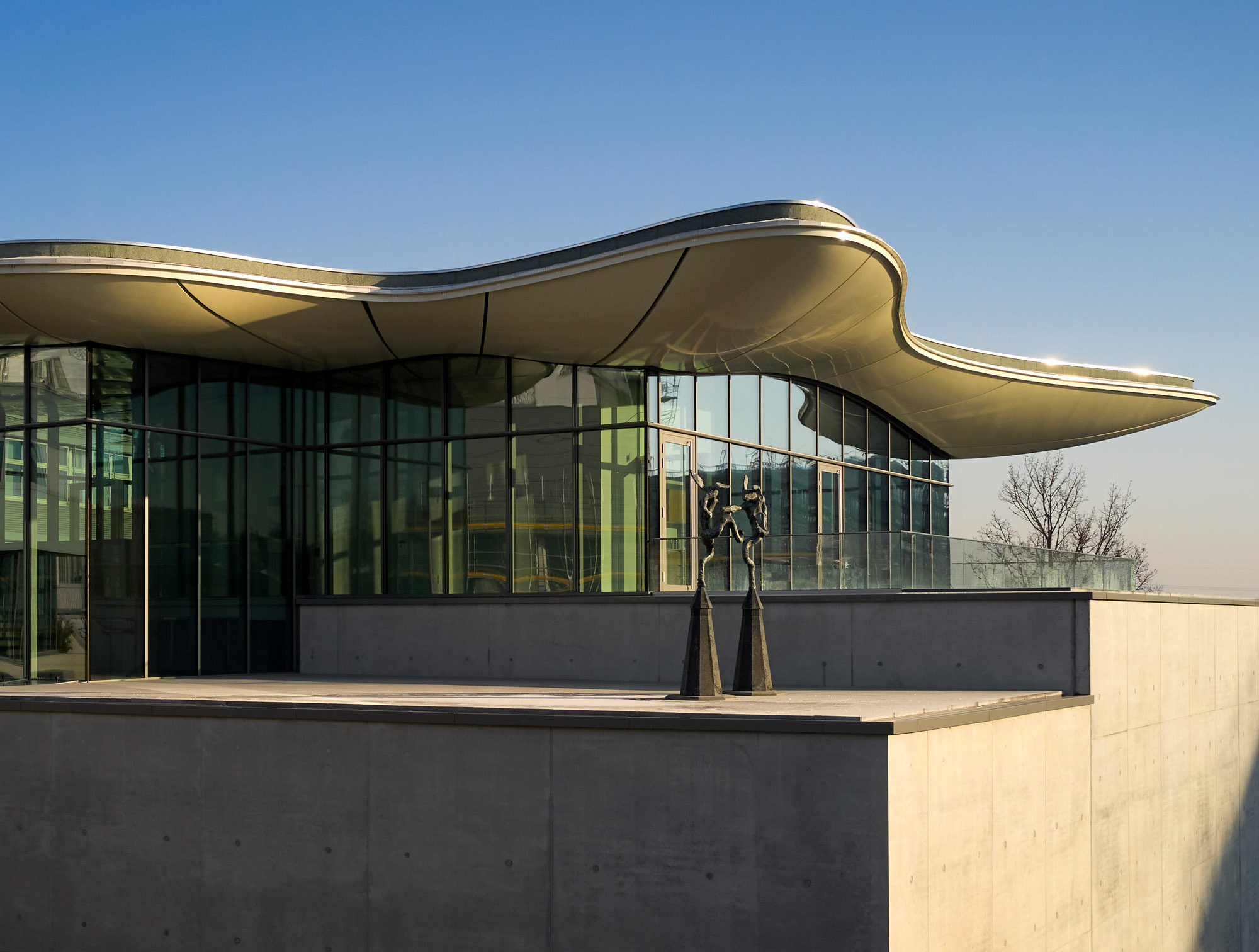
An industrial park on the outskirts of Stuttgart is the rather unlikely location for one of Germany’s newest architectural gems. Designed by Gabriele Glöckler to house a private art collection managed by the Froehlich Foundation, it’s home to hundreds of modern artworks by mostly German and American artists including Andy Warhol, Joseph Beuys, Anselm Kiefer and Gerhard Richter.
It was Josef Froehlich’s wish that his art collection did not languish in storage, wrapped up and tucked away. To achieve that, the climate- and light-controlled building had to be conceived of as a modestly sized private museum, which can be visited by appointment. The task fell to Glöckler, who won long overdue recognition in 2011 when her quietly sophisticated design for the National Library in Leipzig extension was rewarded with the city’s Architekturpreis.
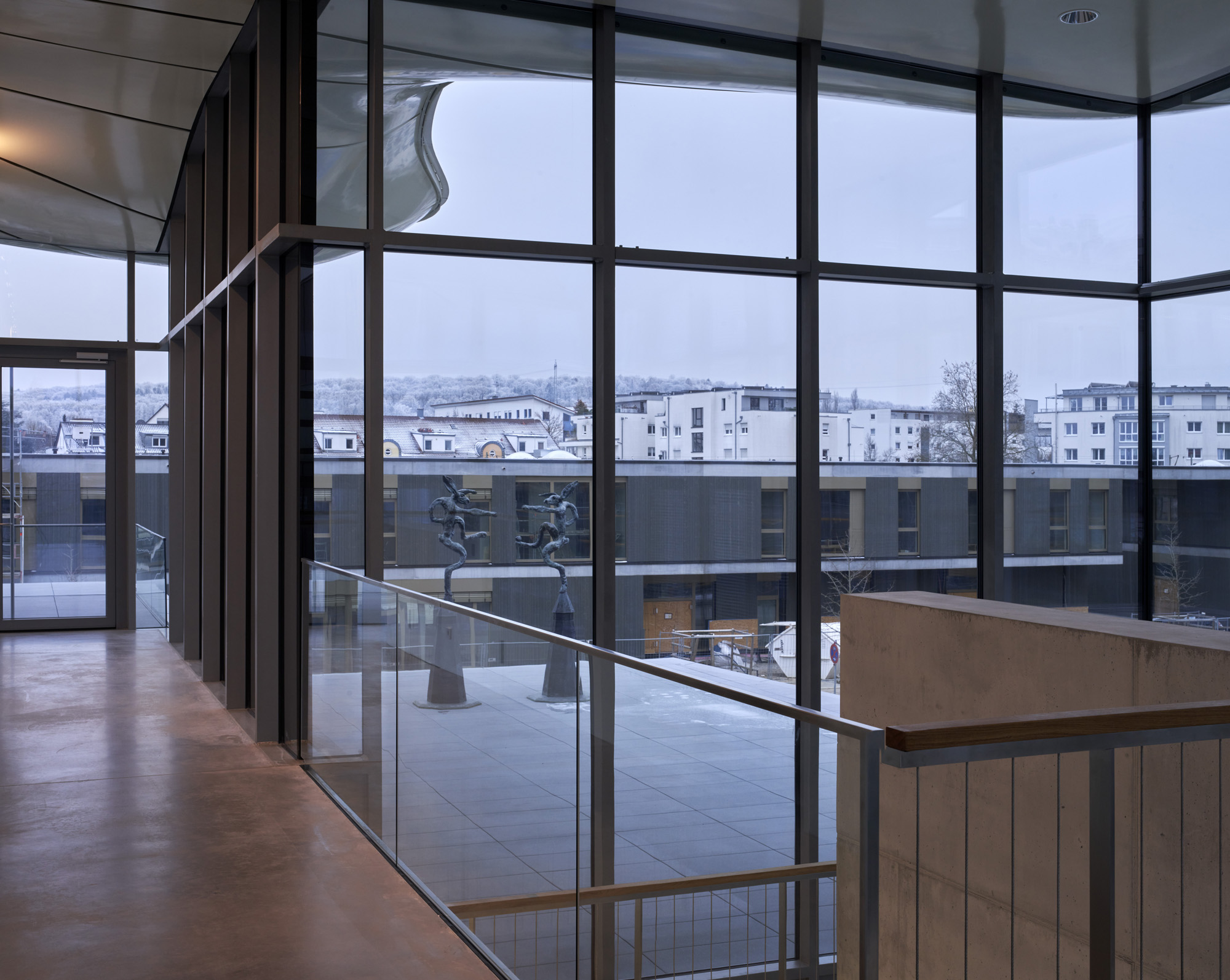
Take a tour of Stiftung Froehlich in Stuttgart
Her building is a striking vision: its organically-shaped roof appears to undulate in the air like a monocoque cloud, jutting out into the skies above a glass-walled upper level, while bunny-eared figures – a bronze sculpture by Barry Flanagan – appear to be revelling on the deck below. The two levels that house the artworks form a bunker-like concrete square, surrounded by what looks like a modern-day moat. It conceals an emergency water-drainage system, a recent regulation in the German building code for new structures in this flood-prone region.
The new building sits next to the foundation’s existing art depot, inaugurated in 2009 and also designed by Glöckler. It was important that the link between the two structures felt seamless, but, she says, ‘I don’t think of these things as challenges. That’s what architecture is about – thinking of design solutions within a set of conditions and restrictions. Function creates form. The ideal commission is when the client can explain the precise functional requirements and then the ideas come from me.’ Such ideas manifest, for example, in the glass-walled top floor, a vast, seemingly floating conference room with a view, and no columns to block it.
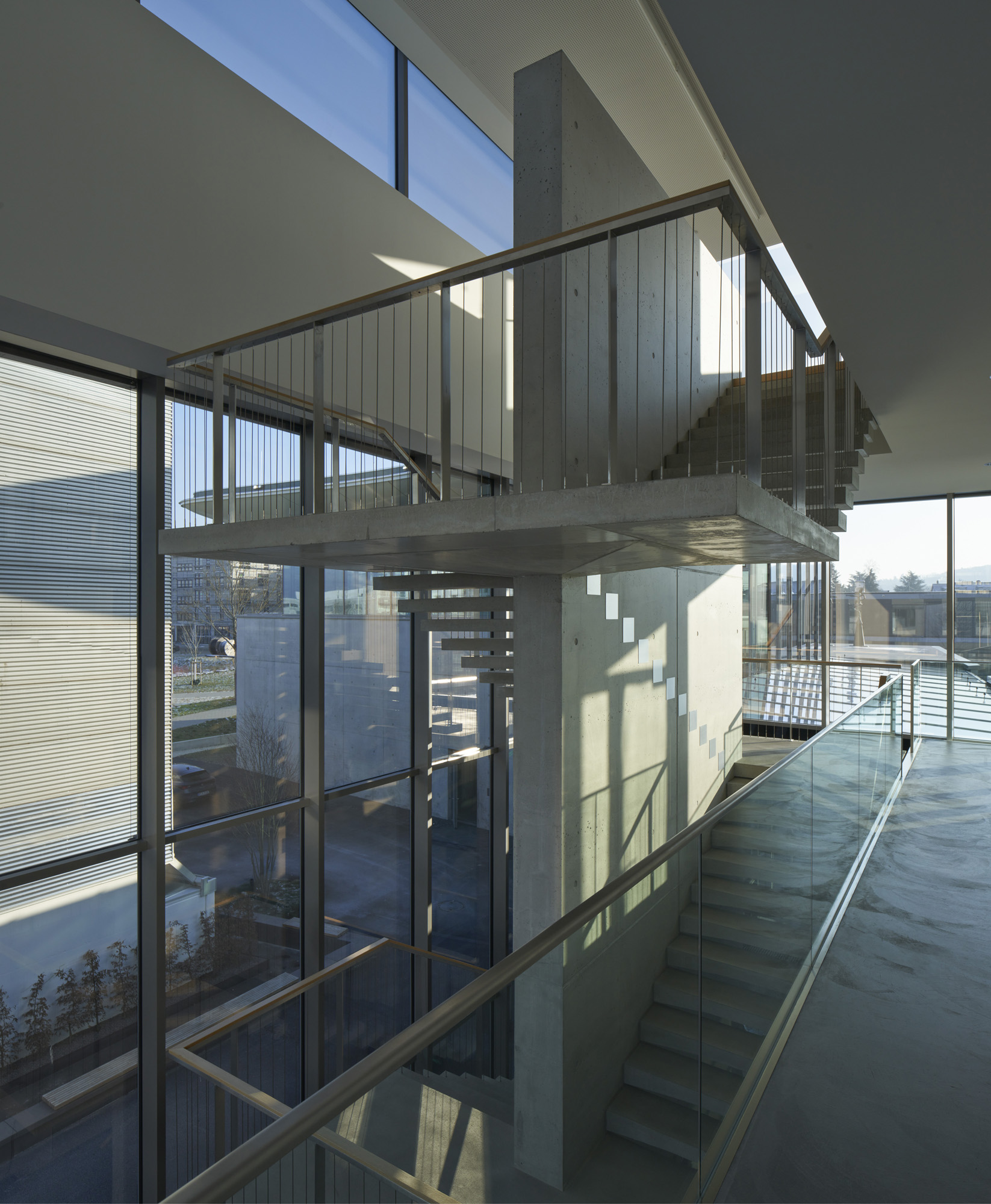
Glöckler’s attention to practical details is so meticulous that functional elements are hard to spot. Take, for example, the lighting concept in the exhibition spaces, which receive no daylight to protect the sensitive artworks. The recessed light solution is designed to make the entire length of the wall, floor to ceiling, appear illuminated with the same intensity of light – all within the museum standard of 50-100 lux – perfectly mimicking daylight inside a concrete bunker.
The interplay of materials and movement, indoor and outdoor, function and form, free-form and regulation have come to define Glöckler’s approach. ‘My professor once said, “You need seven good projects, and then you should retire before repeating yourself”,’ she says. ‘I’m not at seven yet.’
This article appears in the November 2024 issue of Wallpaper*, available in print on newsstands, on the Wallpaper* app on Apple iOS, and to subscribers of Apple News +. Subscribe to Wallpaper* today
Receive our daily digest of inspiration, escapism and design stories from around the world direct to your inbox.
This article appears in the November 2024 issue of Wallpaper*, available in print on newsstands, on the Wallpaper* app on Apple iOS, and to subscribers of Apple News +. Subscribe to Wallpaper* today
-
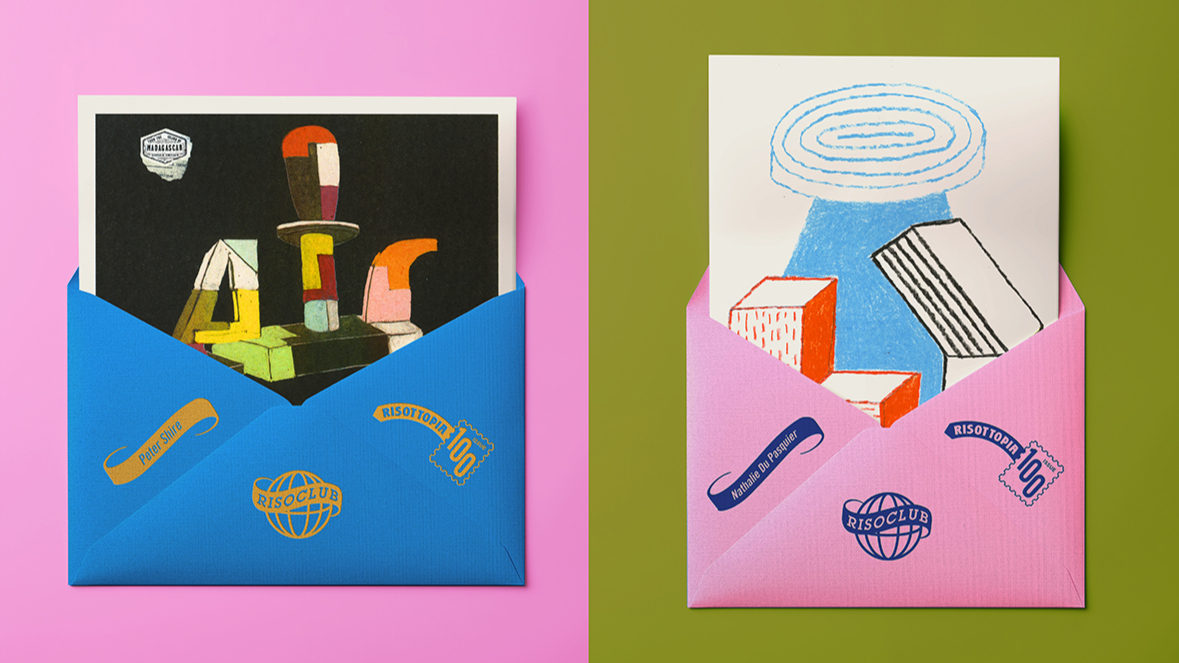 Nathalie Du Pasquier, Peter Shire and Barbara Stauffacher Solomon create exclusive artworks for Riso Club
Nathalie Du Pasquier, Peter Shire and Barbara Stauffacher Solomon create exclusive artworks for Riso ClubGlasgow print studio Risotto celebrates the 100th issue of its monthly Riso Club – a hand-printed, hand-posted subscription that has grown from a small artist exchange into a global community
-
 An ocean-facing Montauk house is 'a coming-of-age, a celebration, a lair'
An ocean-facing Montauk house is 'a coming-of-age, a celebration, a lair'A Montauk house on Hither Hills, designed by Hampton architects Oza Sabbeth, is wrapped in timber and connects its residents with the ocean
-
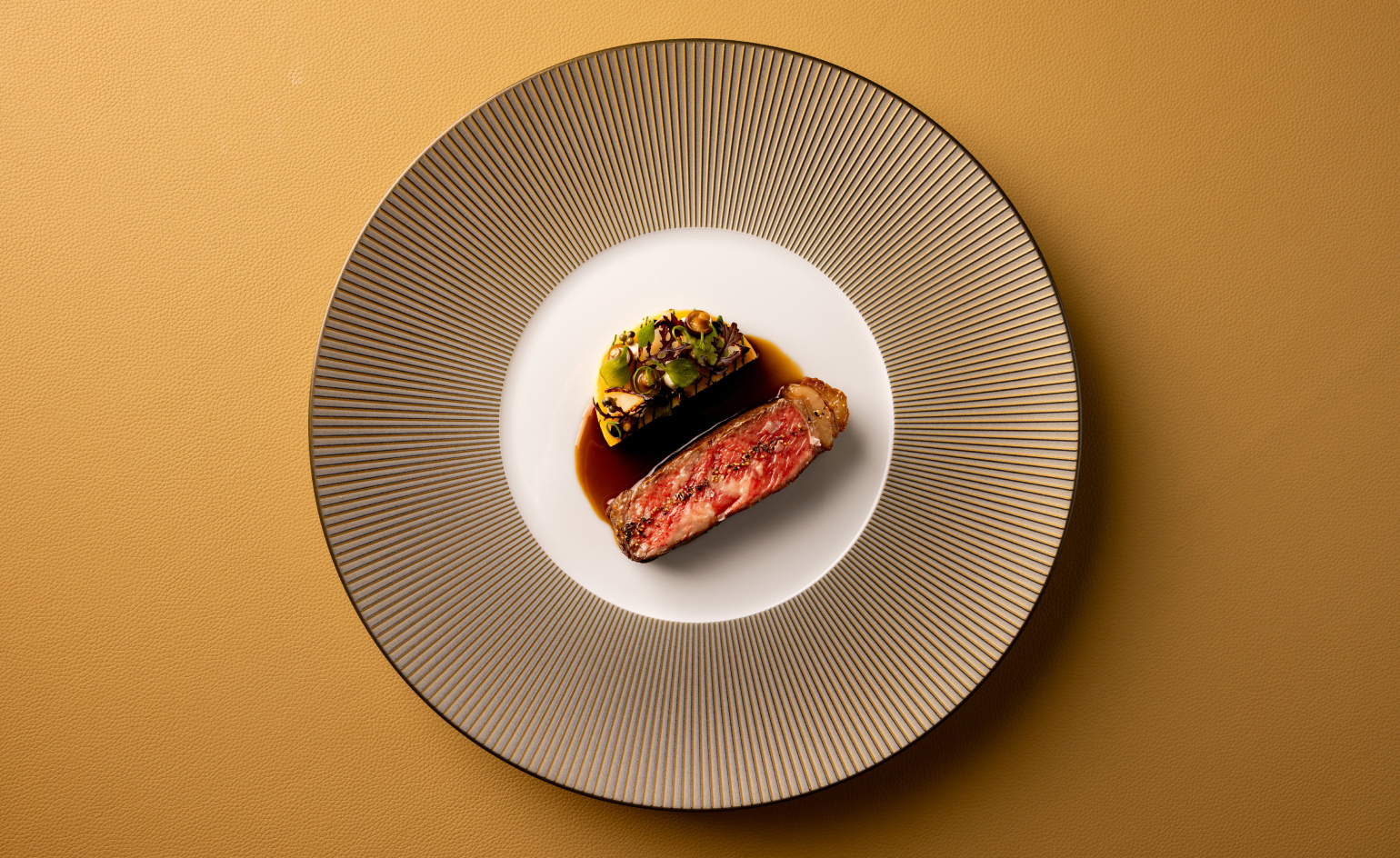 Chef Matt Abé steps out solo with Bonheur in Mayfair
Chef Matt Abé steps out solo with Bonheur in MayfairA former fine-dining institution is transformed through a study of light, tone and materiality, courtesy of Russell Sage Studio
-
 Doshi Retreat at the Vitra Campus is both a ‘first’ and a ‘last’ for the great Balkrishna Doshi
Doshi Retreat at the Vitra Campus is both a ‘first’ and a ‘last’ for the great Balkrishna DoshiDoshi Retreat opens at the Vitra campus, honouring the Indian modernist’s enduring legacy and joining the Swiss design company’s existing, fascinating collection of pavilions, displays and gardens
-
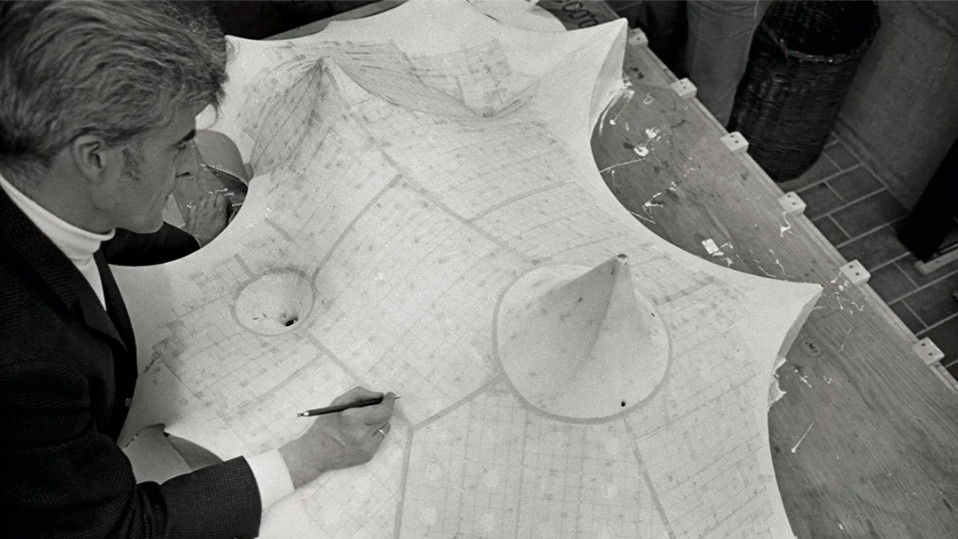 A new book delves into Frei Otto’s obsession with creating ultra-light architecture
A new book delves into Frei Otto’s obsession with creating ultra-light architecture‘Frei Otto: Building with Nature’ traces the life and work of the German architect and engineer, a pioneer of high-tech design and organic structures
-
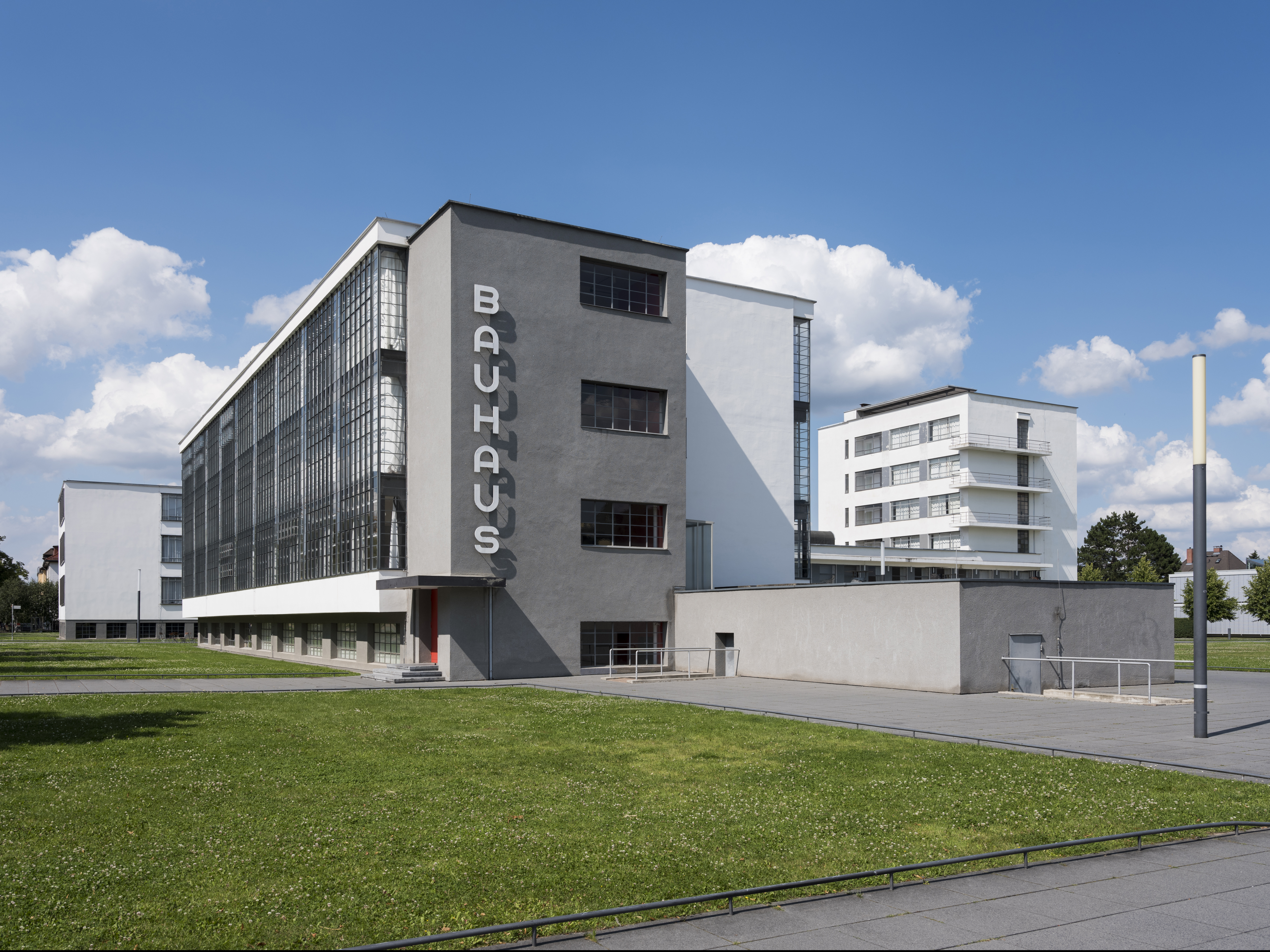 What is Bauhaus? The 20th-century movement that defined what modern should look like
What is Bauhaus? The 20th-century movement that defined what modern should look likeWe explore Bauhaus and the 20th century architecture movement's strands, influence and different design expressions; welcome to our ultimate guide in honour of the genre's 100th anniversary this year
-
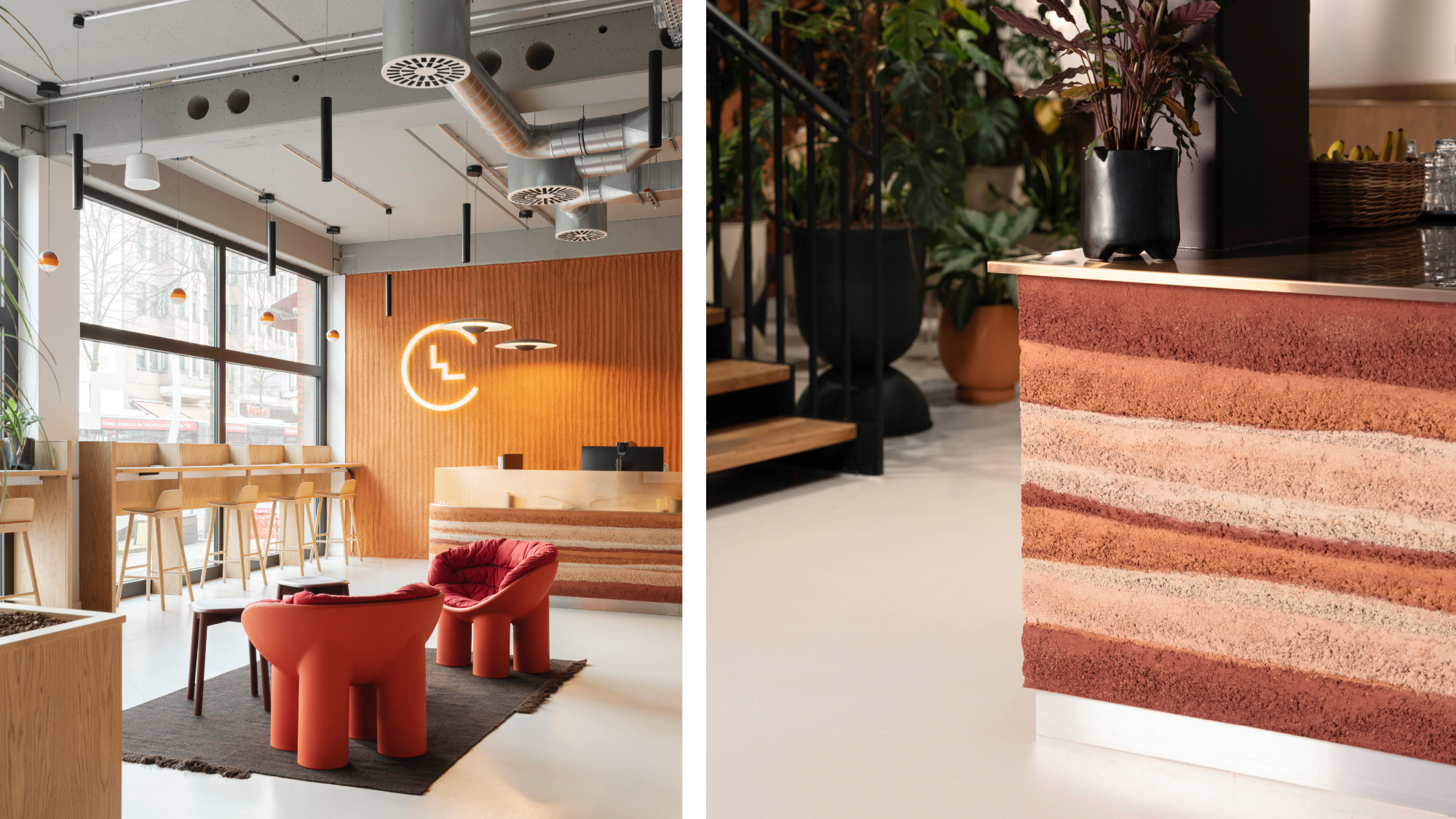 Step inside Clockwise Bremen, a new co-working space in Germany that ripples with geological nods
Step inside Clockwise Bremen, a new co-working space in Germany that ripples with geological nodsClockwise Bremen, a new co-working space by London studio SODA in north-west Germany, is inspired by the region’s sand dunes
-
 Join our world tour of contemporary homes across five continents
Join our world tour of contemporary homes across five continentsWe take a world tour of contemporary homes, exploring case studies of how we live; we make five stops across five continents
-
 A weird and wonderful timber dwelling in Germany challenges the norm
A weird and wonderful timber dwelling in Germany challenges the normHaus Anton II by Manfred Lux and Antxon Cánovas is a radical timber dwelling in Germany, putting wood architecture and DIY construction at its heart
-
 A Munich villa blurs the lines between architecture, art and nature
A Munich villa blurs the lines between architecture, art and natureManuel Herz’s boundary-dissolving Munich villa blurs the lines between architecture, art and nature while challenging its very typology
-
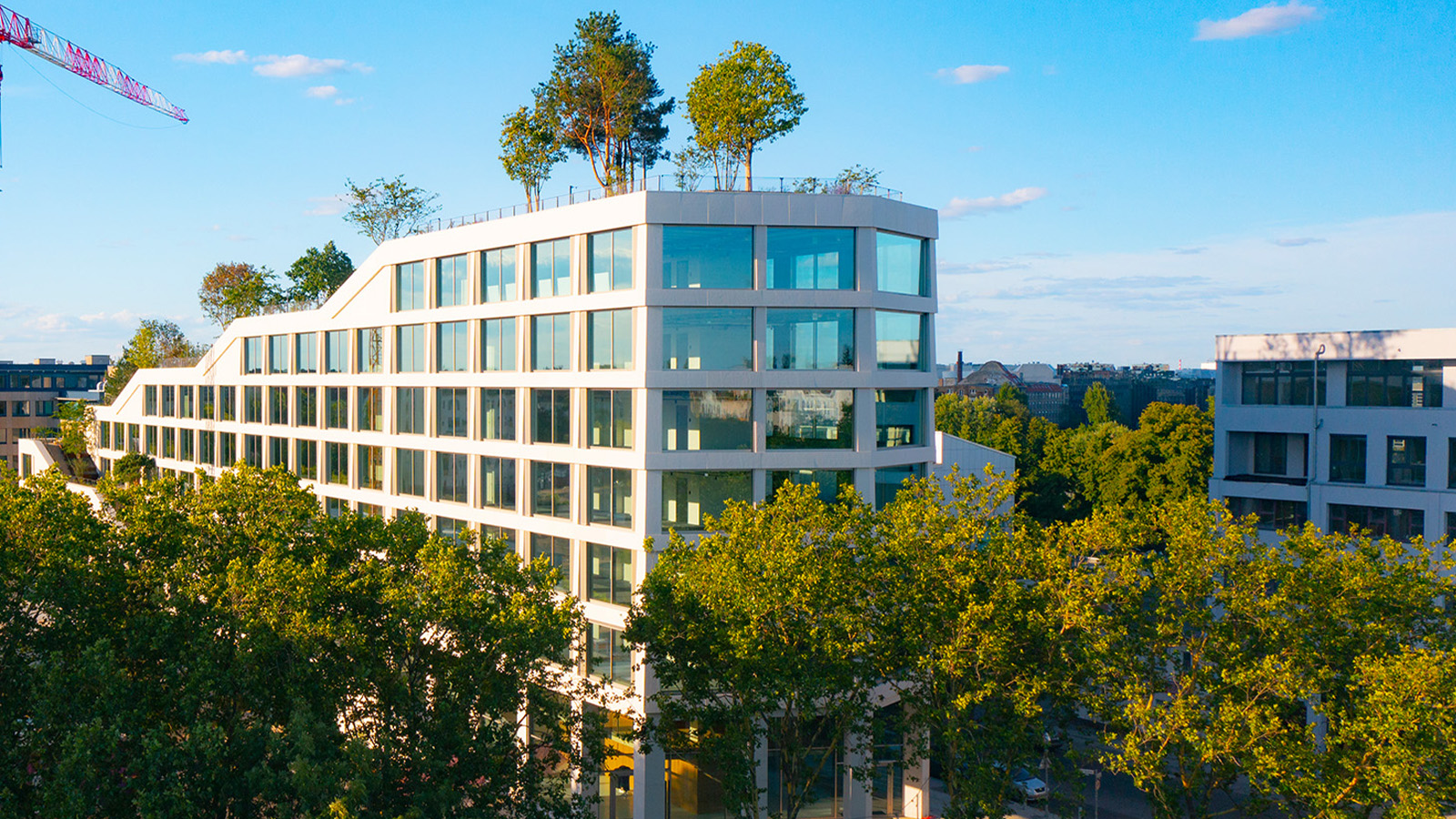 A Berlin park atop an office building offers a new model of urban landscaping
A Berlin park atop an office building offers a new model of urban landscapingA Berlin park and office space by Grüntuch Ernst Architeken and landscape architects capattistaubach offer a symbiotic relationship between urban design and green living materials